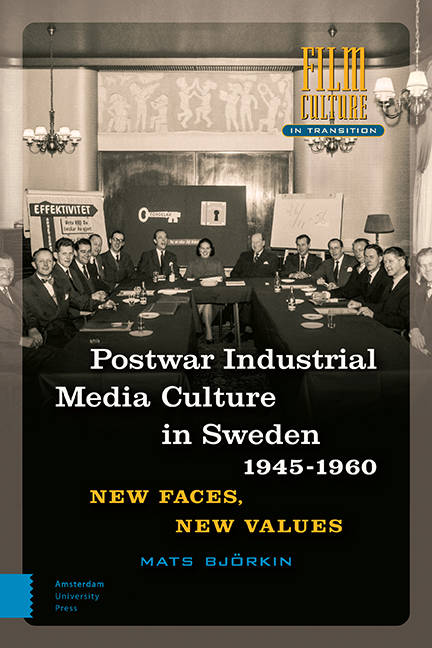Book contents
Summary
Introduction
We only see what is and do not miss what has been. Our memory does not register the new – it only recognizes change. It preserves the first impression. Our memory never stops comparing new impressions with the first. Oddly enough, the first impression always lasts. We want everything without sacrificing anything. Let us at least sacrifice our prejudiced way of seeing. We have to accept interventions in nature for us to gain what we need from it, just as we have to accept changes for which no one can be blamed. We have to help nature heal itself. It is not a question of concealing change. It is about creating new values of beauty out of natural conditions. In the same way the plastic surgeon plans the recreation of a face, the designers, architects, and gardeners of the new landscape create new values of beauty in a landscape that has to change because we need more electricity. The landscape has to get a new face. You can, of course, miss the old, but the new is a good replacement. We have to accept deliberate changes, as well as those caused by chance, because we need electricity. If each interference corresponds to a positive value, we have not lost anything. The traces of man's attempt to gain something from nature do not have to be ugly. It is possible that they become values within the environment. Let us abandon the prejudices of memory and learn to see the positive values of the new face. It is not less beautiful just because it is different.
This is what we can learn from a Swedish film from 1959 called Det nya ansiktet (The new face). It was made by one of the largest producers of industrial films in Sweden, Kinocentralen, and by one of its most original film-makers, Alex Jute, for one of the most important commissioners of films, the government agency responsible for the regulation of water and hydroelectric energy, Kungliga Vattenfallsstyrelsen (Vattenfall).
The film describes the work that was done to restore (as much as was possible) the landscape after the building of a hydroelectric power plant by comparing this reconstruction with restoring a woman's face after a car crash.
- Type
- Chapter
- Information
- Postwar Industrial Media Culture in Sweden, 1945–1960New Faces, New Values, pp. 9 - 32Publisher: Amsterdam University PressPrint publication year: 2021

